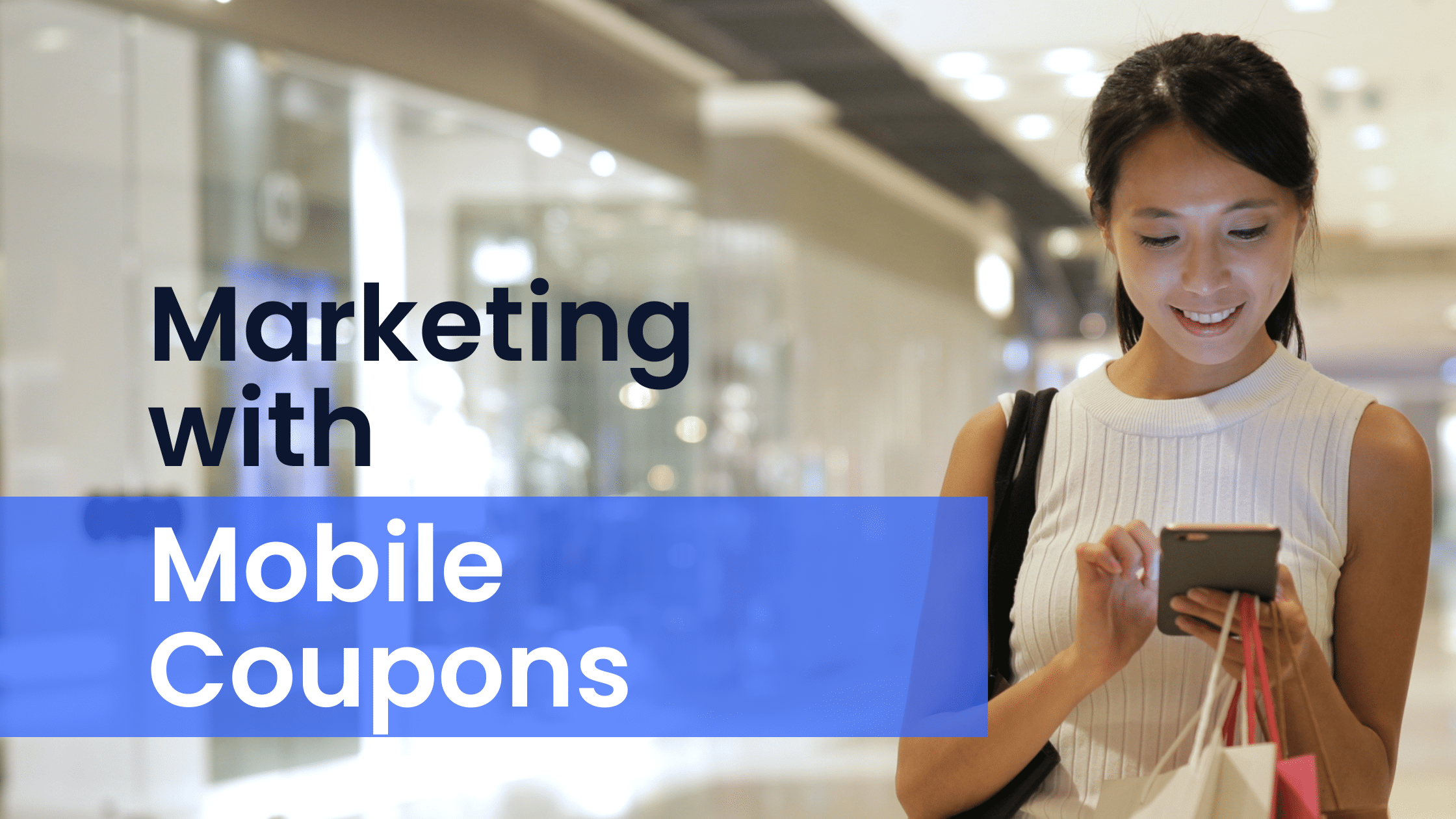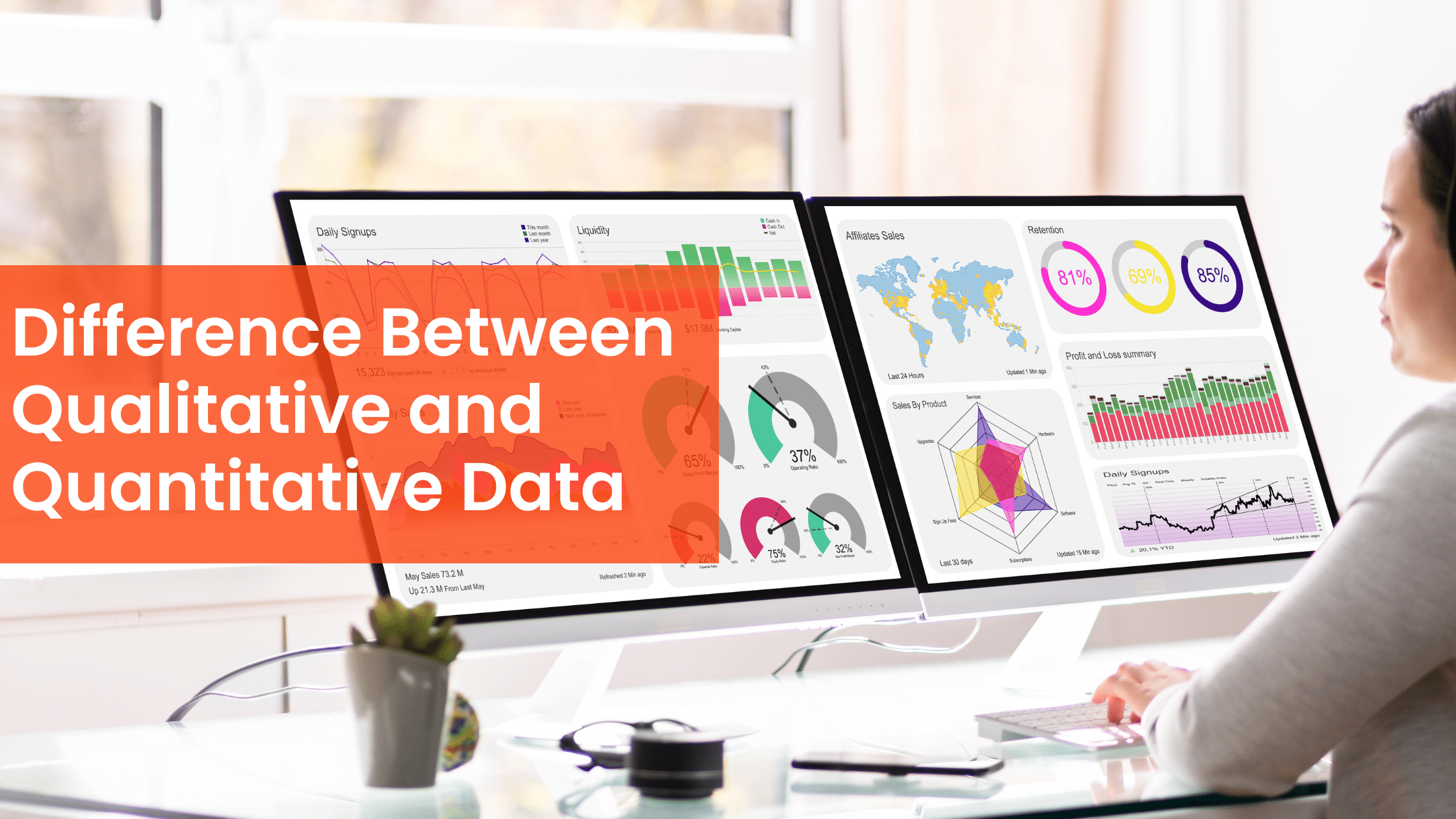
Data, Digital
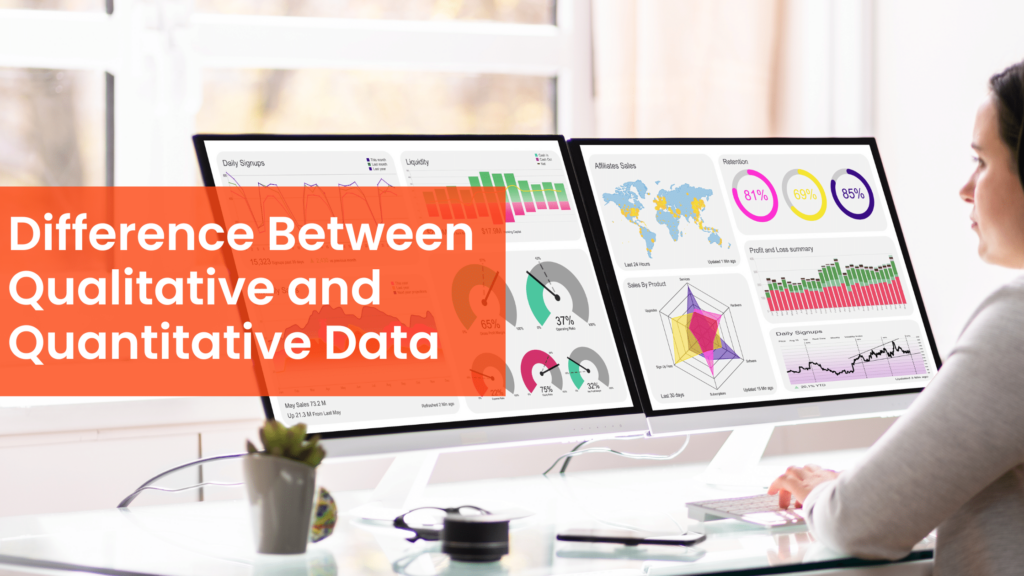 Qualitative and quantitative data are two types of data used in research, each having its unique characteristics and methods of analysis. This blog post will discuss the critical differences between qualitative and quantitative data.
Qualitative and quantitative data are two types of data used in research, each having its unique characteristics and methods of analysis. This blog post will discuss the critical differences between qualitative and quantitative data.
Qualitative Data Qualitative data is descriptive and cannot be measured or quantified. It is typically collected through observations, interviews, and surveys. Qualitative data is often used to gather insights and opinions about a particular topic and understand people’s behaviors and attitudes.
Qualitative data is usually represented in words, narratives, and stories. It is analyzed by identifying patterns, themes, and meanings within the data. Researchers often use qualitative data to develop new theories and ideas and explore complex phenomena.
Quantitative Data Quantitative data can be measured or quantified and is typically collected through surveys, experiments, and other structured methods. It is often used to provide numerical information about a particular phenomenon, such as the number of people with a particular disease or the percentage of a population supporting a specific policy.
Quantitative data is usually represented in the form of numbers and statistics. It is analyzed using statistical methods such as correlation, regression, and hypothesis testing. Researchers often use quantitative data to test existing theories and hypotheses and make predictions about future events.
Critical Differences Between Qualitative and Quantitative Data
- Data Type: Qualitative data is descriptive and cannot be measured or quantified, while quantitative data is numerical and can be measured or quantified.
- Data Collection: Qualitative data is often collected through observations, interviews, and surveys, while quantitative data is collected through structured methods such as surveys and experiments.
- Analysis: Qualitative data is analyzed by identifying patterns, themes, and meanings within the data, while quantitative data is analyzed using statistical methods such as correlation, regression, and hypothesis testing.
- Purpose: Qualitative data is often used to develop new theories and ideas, as well as to explore complex phenomena, while quantitative data is often used to test existing theories and hypotheses, as well as to make predictions about future events.
In conclusion, qualitative and quantitative data are essential in research, and each has unique strengths and weaknesses. Therefore, researchers should carefully consider which data type is most appropriate for their research question and objectives and use the proper data collection and analysis methods to obtain meaningful results.

Digital, Marketing, Paid Media
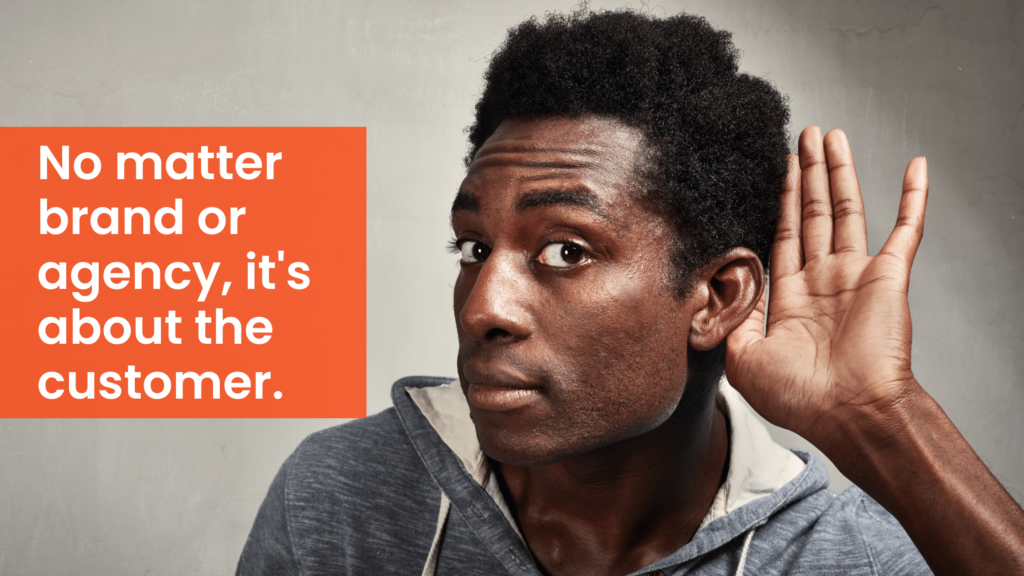 I spent most of my career working in corporate marketing, with multiple stints as a chief marketing officer for major retailers. People often ask me what the biggest difference between the two experiences is, and while the day-to-day is certainly different—juggling multiple brands’ needs rather than a single entity’s—I’m still grounded in the same purpose. We’re solving business problems and meeting opportunities.
I spent most of my career working in corporate marketing, with multiple stints as a chief marketing officer for major retailers. People often ask me what the biggest difference between the two experiences is, and while the day-to-day is certainly different—juggling multiple brands’ needs rather than a single entity’s—I’m still grounded in the same purpose. We’re solving business problems and meeting opportunities.
There’s a unifying factor with every challenge and opportunity, too, and it’s the most important one. Whether you’re managing multiple businesses or a single brand, everything comes back to the customer.
Creative marketers make and do and create, but to really be customer-focused, you have to be great at (and committed to) listening and observing. That’s what helps you determine who your customers are, what they need, how they communicate, and how they behave. Their behaviors offer valuable feedback that can dictate where you steer your marketing strategy.
Many businesses, surprisingly enough, skip right past this. Executives decide on a particular direction with products or services, not knowing (or asking) if their customers want those things. I’ve seen it in corporate marketing and with agencies I’ve worked with in the past, and it’s led good teams into frustrating spirals. The only way out is finding your direction in what your customers want and need.
When you have firm customer data, you understand the strengths and weaknesses of your brand. You see your customers’ entry points and learn where your brand becomes sticky. You get detailed insights into that inflection point where they go from loyal customer to brand evangelist. These data points are a full-color roadmap that tells you where you should communicate with your customers, how often they want to hear from you, and to what degree you’re successfully immersing them in your brand.
One of Alive’s special attributes is that our leadership comes from the other side of the table—brand marketing and marketing technology.
Our past roles gave us valuable perspective on the importance of discovery—a perspective we can extend to the teams we lead here. Lots of agencies talk about discovery, and some clients have a hard time seeing its value. We’re always ready to give voice to that value.
There are universal truths, like “it’s always about the customer.” But mapping the customer journey and understanding the customer experience, each to the last detail, is the foundation of our work.
Too many agencies think great creative or a great tactic will lead the way. What I’ve come to believe is that when the team understands a company, its customers, and its competitors—that landscape of discovery—you empower your account strategists and inspire your creatives. When account executives have their hands on deep and clear research, their strategies speak with confidence and authority. When creatives can see into the soul of a brand’s customers, magic happens.
Ultimately, you need to understand that each client is a unique opportunity, and each has unique problems and challenges that you’re there to help to solve. So you really have to take each opportunity as its own, put the right team around it and dive into it. Saying “we hear you” isn’t enough. You need to listen, understand, and guide clients with a strategy that has a foundation in who they are, authentically, and what their customers need from them.
This seems simple, but it takes focus and commitment to get it right each time, whether you’re a corporate marketer or working at an agency.
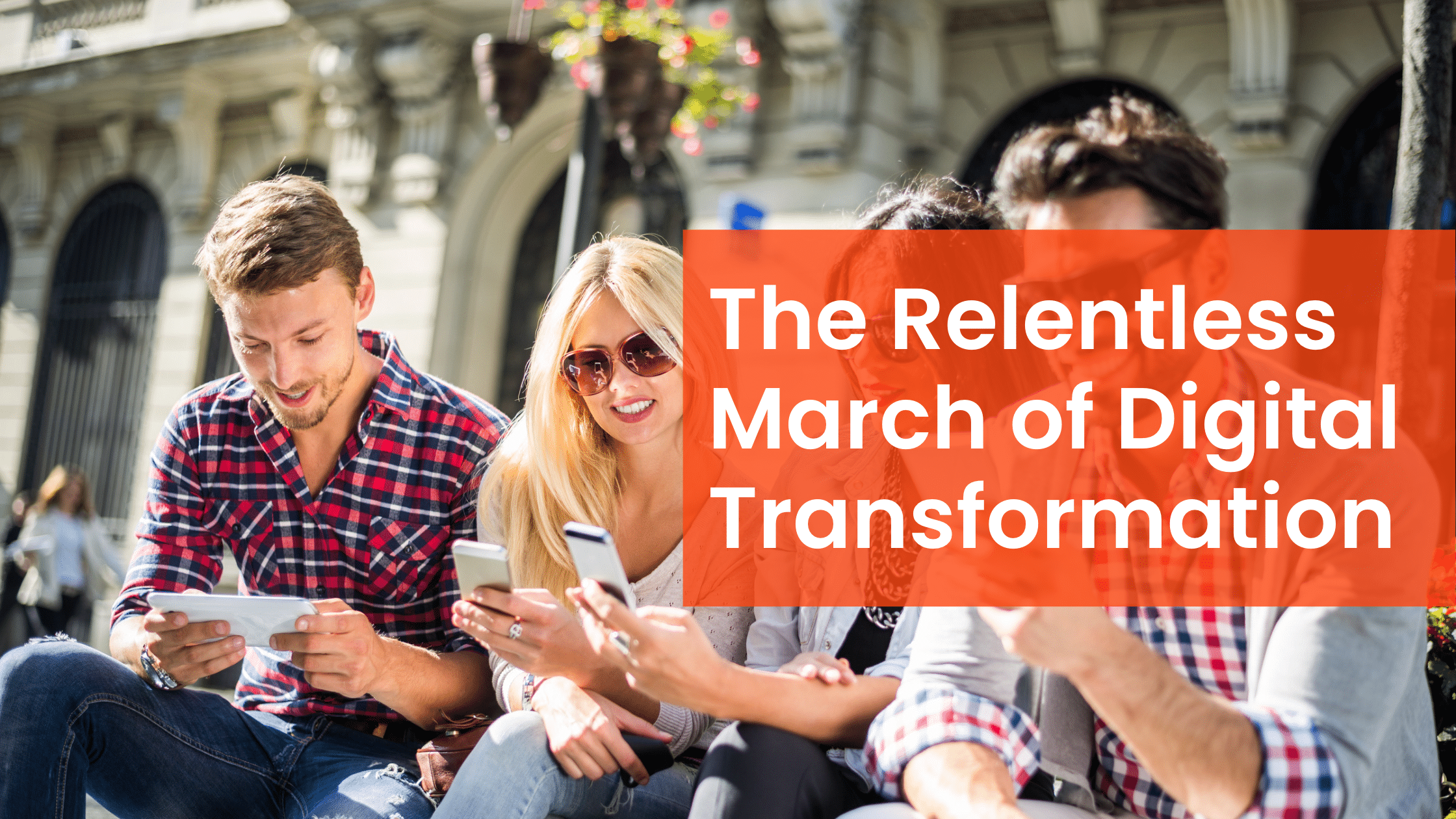
Digital, Marketing, Mobile, Paid Media, Social Media, Technology

The Relentless March of Digital Transformation
One of the best things about being a dead-center GenXer is that I’ve witnessed and engaged with the most disruptive period of digital transformation in our society. It’s taken on so many forms, due to the ruthless efficiency of innovation in the tech sector. Think about it just from the hardware perspective: we’ve gone from computers the size of large rooms (or even entire floors of buildings) to desktops, laptops, tablets, and even mobile phone and watch-sized devices.
What that hardware revolution has done is open up an ever-changing array of channels–websites, apps, OTT broadcasting–that we all engage with each day. The power of digital has influenced so much, and I’m grateful for playing a leading role at times in an area that’s transformed society in a lot of good ways.
Tech: The Gift That Keeps on Giving
Back in my chief marketing officer days, I was part of several major digital initiatives, including building the first e-commerce sites, apps, and CRMs at big box retailers. The great thing about technology is that it’s the gift that keeps on giving. Just when we thought we’d hit the peak of the mountain, such as with a customer loyalty program that tracked customer shopping patterns, we’d see something else that would at first interest us and then help us become more profitable once we figured out how.
As I’ve mentioned in this space previously, tech begins to really work wonders when you see where a customer-centric mindset can take you. When I was working with the great team at Michaels Stores, the arts & crafts retailer, we liked to focus much of our work on understanding our key customer demographics. Chief among these was working moms.
We were able to get into the mindset of this important group (not only to Michaels, but to society itself!). A typical working mom would be commuting to work, putting in a long day at the office, and then returning home. But upon their return, they would be working again, feeding their families and overseeing the bedtime routine. For those of you who’ve raised children, this is no small feat, and it’s like tacking on two to three hours of overtime to your already stressful workday.
Using Tech to Engage in Profound Ways
As a team, we had a lot of empathy and sympathy for these working moms. We liked to think of Michaels as one of their guilty pleasures. After finally settling down a bit at 7:30-8 o’clock, they might be turning on the TV and logging in to their laptops, phones, or tablets to go to our website and social channels. We thought of ourselves as a place of refuge almost, where working moms could come to us for ideas to make their lives brighter and better.
Another key element to understanding the relentless march of technology is that even when you land on something cool like building Pinterest and Instagram experiences for working moms, generational behaviors will take you to different places. And you need to get packed and ready to go, at a moment’s notice–when the data tells you that your key customers are migrating to different channels.
We’re experiencing this right now as a new group, Generation Z, has firmly entered the workforce and in some cases begun to build families. Gen Z may be our biggest challenge to date in understanding digital behaviors and preferences. Every generation can be a reaction to the previous one.
Heading in New Directions with GenZ
Behaviorally, GenZers are already taking us in some new directions. They’ve largely abandoned the remaining first-wave social networks like Facebook and Twitter, in favor of Instagram and TikTok. They are more visually oriented, as these channel preferences indicate, and innovation is mirroring their preferences to make content even more bite-sized than before (think: Instagram Reels, YouTube Shorts, and of course, TikTok).
As a result of these preferences and behaviors, some revealing data is coming to light. They are accelerating and amplifying the importance of content–and LOTS of it. I read a fascinating article recently, one that contrasted the roles that TikTok and Google play in GenZ search activity. The article was diving into the reported phenomenon that TikTok was now Gen Z’s number one preferred search engine. Yet, their research showed that TikTok’s main purposes for Gen Z reflected the top-of-funnel and bottom-of-funnel content that’s effective on that platform. Think about how influencers expose their audiences to products and then often offer discount codes to buy them yourself.
So if you’re looking to increase your business with Gen Zers, some of whom are now in their mid-20s and have quite a bit of purchasing power. This TikTok and Instagram-led phenomenon isn’t just dictating purchases. It’s affecting how we’re reaching this generation for other purposes, including job recruiting. You’ve got to go where your targets are, whether you’re trying to sell products or fill jobs.
If the other eras of digital transformation are any indication, it’s going to be a heck of ride in the next 10-15 years, as Xers like me venture into retirement and both the workplace and the coveted 18-49 demographic is comprised completely of Millennials and Gen Z.
Buckle up.

Digital, Featured, Marketing, Mobile
Coupons have been attracting customers for over a century! Did you know the first coupon was used in the late 1800s? It was a simple handwritten ticket for a free soda, and the strategy changed the company’s direction forever. A year later, Coca-Cola was being sold nationwide. That coupon completely transformed the marketing industry.
Today, almost 50% of shoppers search for coupons before they purchase. This tells us your target audience is already looking for offers on their favorite products and services. A survey in 2020 showed that over 75% of consumers of all ages would try a new brand if they were offered a coupon. Your product is the variable, but the coupon concept is proven. A discount is exactly what most consumers want.
Coupons may be CUSTOMER magnets, but what’s in it for YOU as the RETAILER?
Mobile coupons offer your business a unique opportunity to attract your customer, connect through multiple digital streams and cultivate loyalty to grow your brand. And with smartphones in the hands of billions of consumers worldwide, marketing to your ideal customer with a mobile coupon keeps getting easier.
For the retailer, a customized coupon targets a specific and ideal audience. Furthermore, the customer can utilize technology to access this unique offer with a mobile coupon. Therefore the coupon acts as a reminder to your consumer and an effective marketing tool.
This promotional strategy is valuable in a variety of applications. For example, coupon offers are used effectively to make room for new products by offering a coupon on overstock to clear shelves. Or another advantage is the ability to advertise new products directly to your shoppers. Distributing coupons generates a buzz and encourages consumer engagement.
When a shopper discovers your offer, the coupon creates an opportunity to connect the shopper directly to your brand. Some effective coupon strategies include inviting your consumer to join your text and mailing list and opt-in on promotional offers. This point of contact is also an opportunity to share highlights and upcoming events to encourage further consumer interaction with your company. You can efficiently deliver coupons and future marketing campaigns by establishing this connection long after the initial coupon is distributed. Any digital offer after the first coupon offers a gentle reminder for a return visit.
Mobile coupons are customizable and measurable. Your coupon is created to meet the goals of your company. This may help control revenue fluctuations when applied correctly in a marketing campaign. A mobile coupon campaign can be customized to fit the business’s needs or goals, including time-sensitive offers or specific limitations on purchases. As you can see, coupons attract customers, and when you provide excellent customer service, they will continue coming back. Therefore by using mobile coupons as a marketing advantage, you foster customer loyalty.
Risk Awareness
There are risks to consider with any marketing idea, and this is true with utilizing a mobile coupon strategy. These risks should be carefully calculated to create a plan for your business’s success. A couple of things to consider are profit margins and revenue awareness. Knowing your profit margin allows you to create an enticing offer without increasing the chance of loss. This margin includes any profit loss from the promotion and any cost of producing the coupon. Of course, offering a discount on goods or services will cost the business something in the long run, but with a good grasp on margins, you can use coupons to create profit. Without a good plan, you risk increasing your chance of loss.
Regarding revenue, take time to analyze data and notice how your shoppers apply your coupon. Remember that there will always be people who only shop when they have a discount; therefore, time stamping or rotating offers may be essential for your coupon strategy. Incorporating coupons as a marketing strategy into your business is something that shoppers will love, but you will need to use them wisely to impact business development.
The benefits of incorporating mobile coupons into your business strategy continue to grow. However, before launching a full-blown campaign, you should discuss your strategy’s potential pros and cons. This can help you avoid serious pitfalls. If you have any questions about mobile coupons or other digital tactics, connect with us at Alive.

 Qualitative and quantitative data are two types of data used in research, each having its unique characteristics and methods of analysis. This blog post will discuss the critical differences between qualitative and quantitative data.
Qualitative and quantitative data are two types of data used in research, each having its unique characteristics and methods of analysis. This blog post will discuss the critical differences between qualitative and quantitative data.



